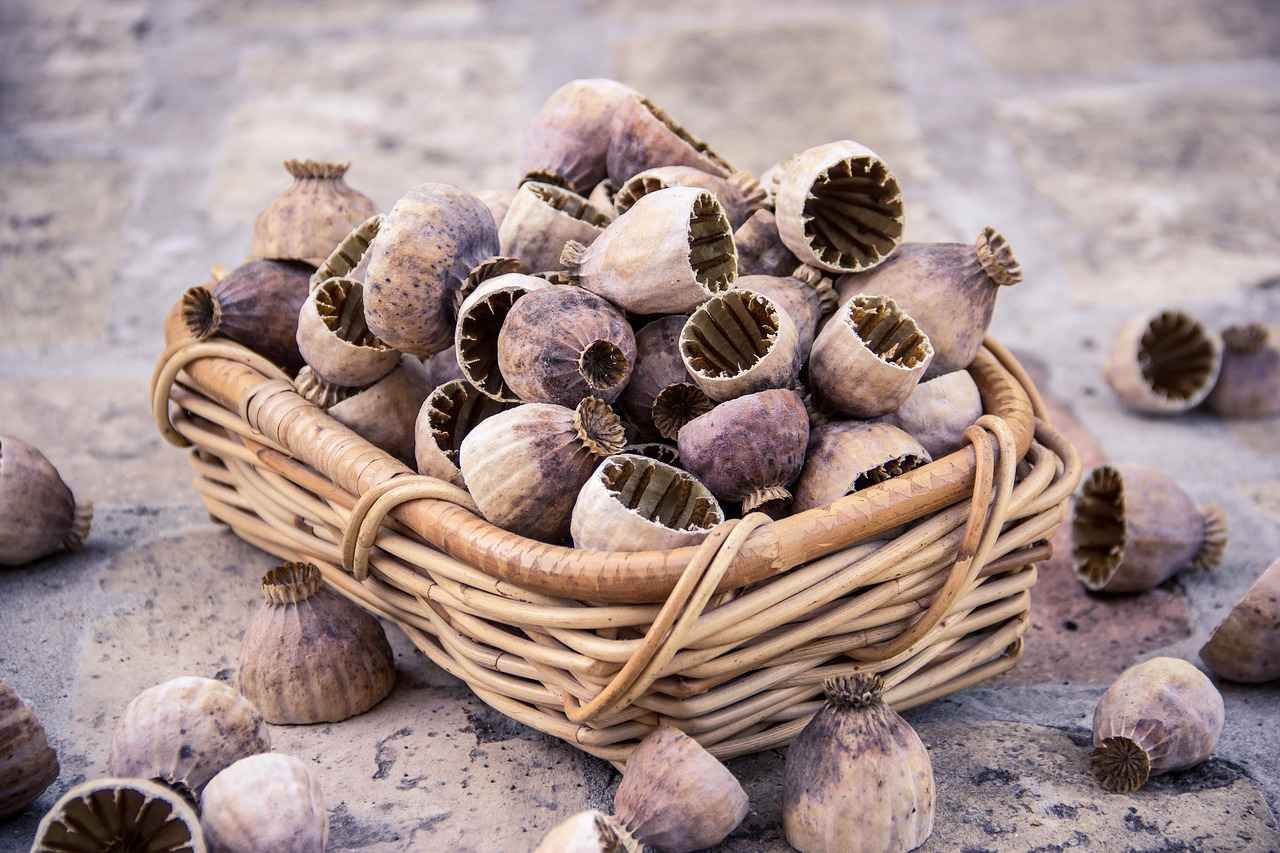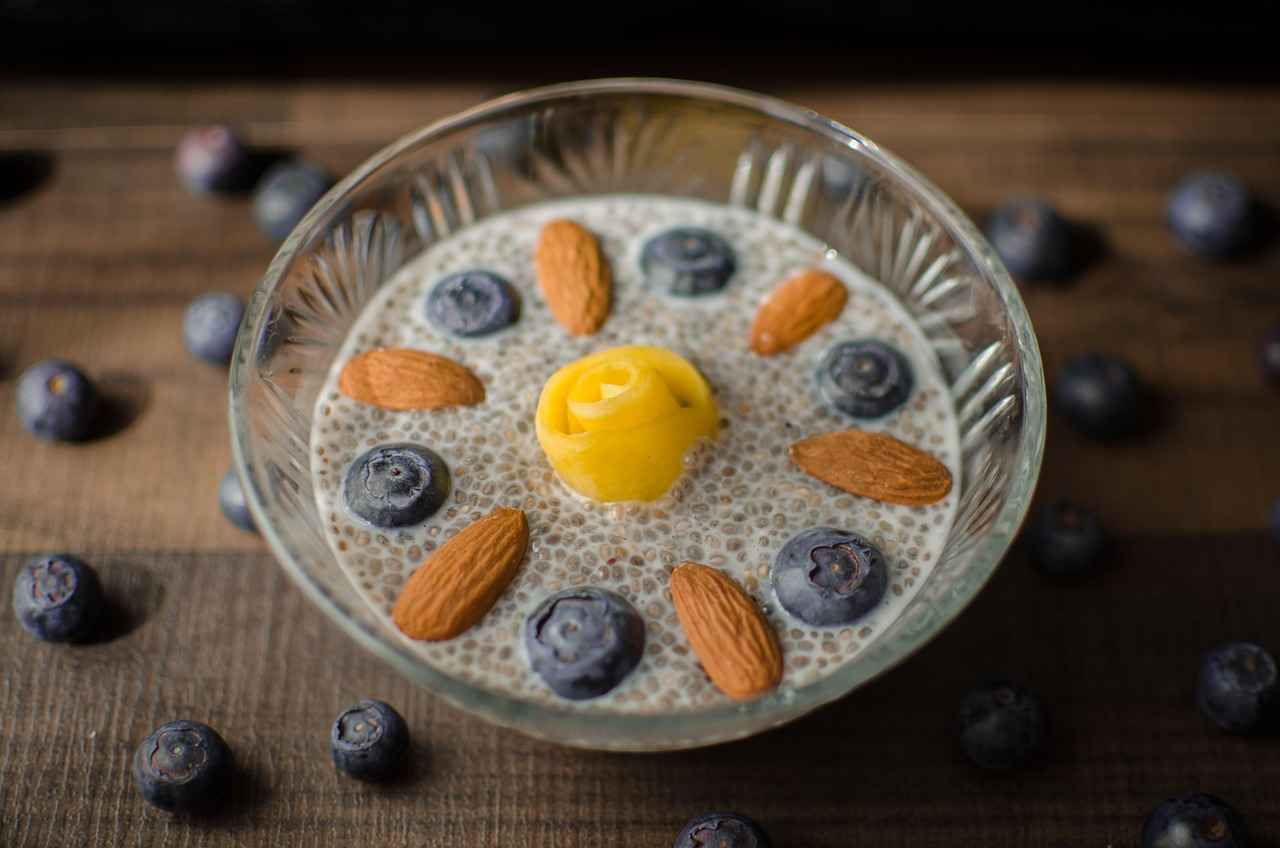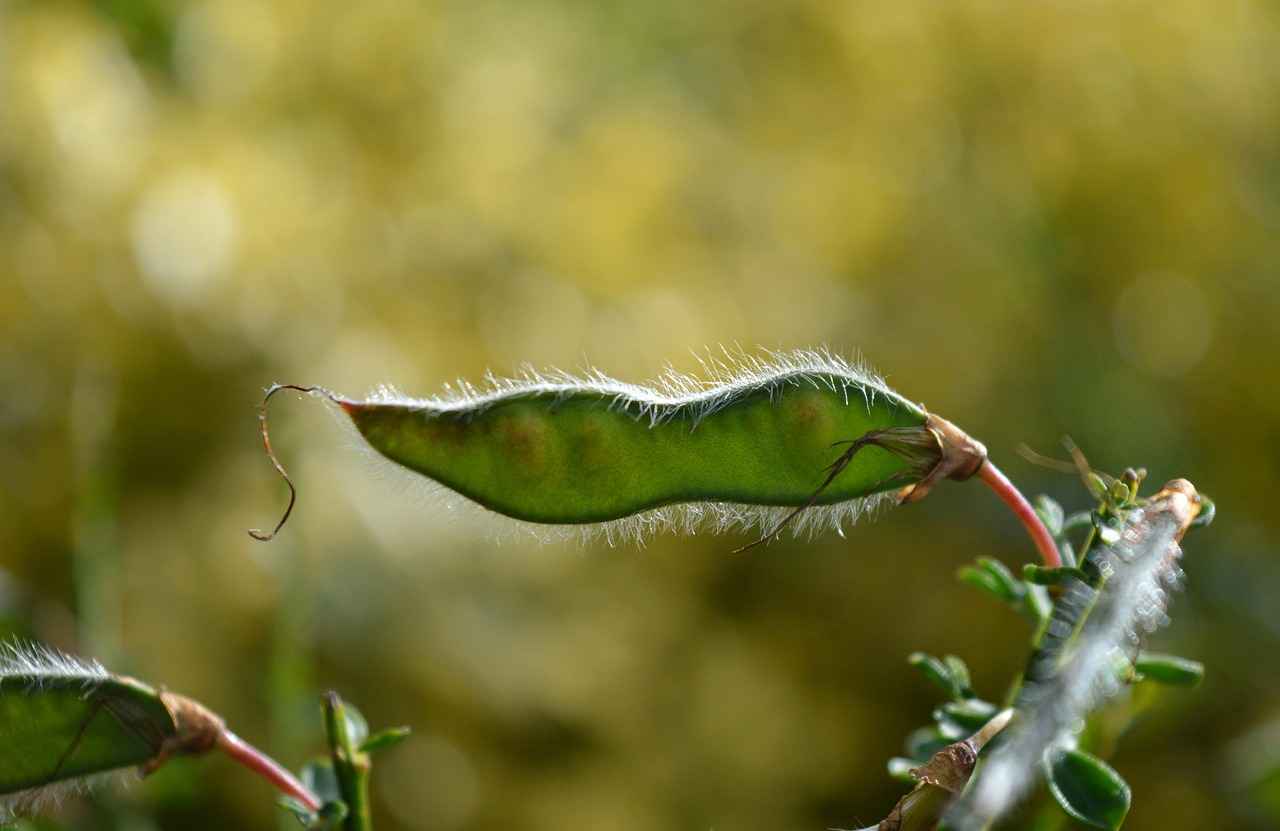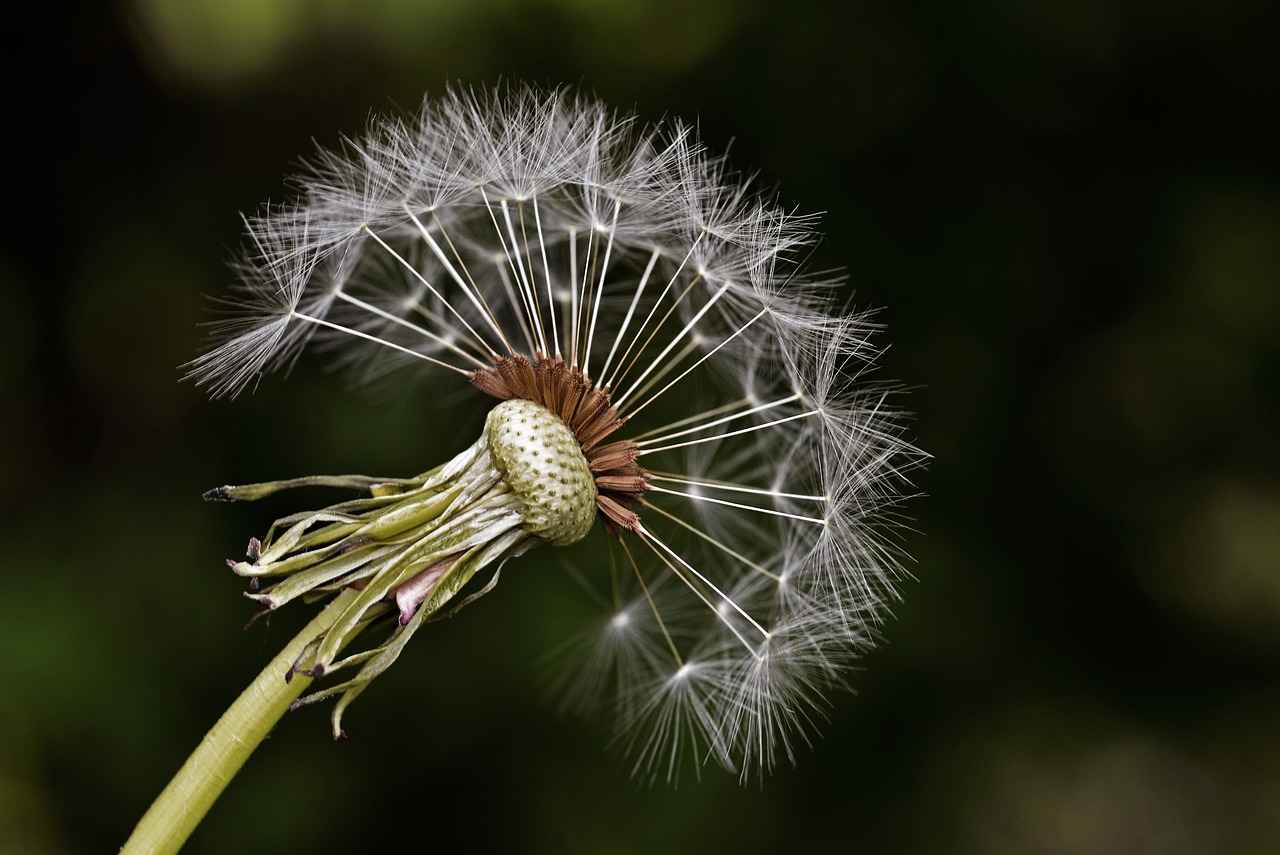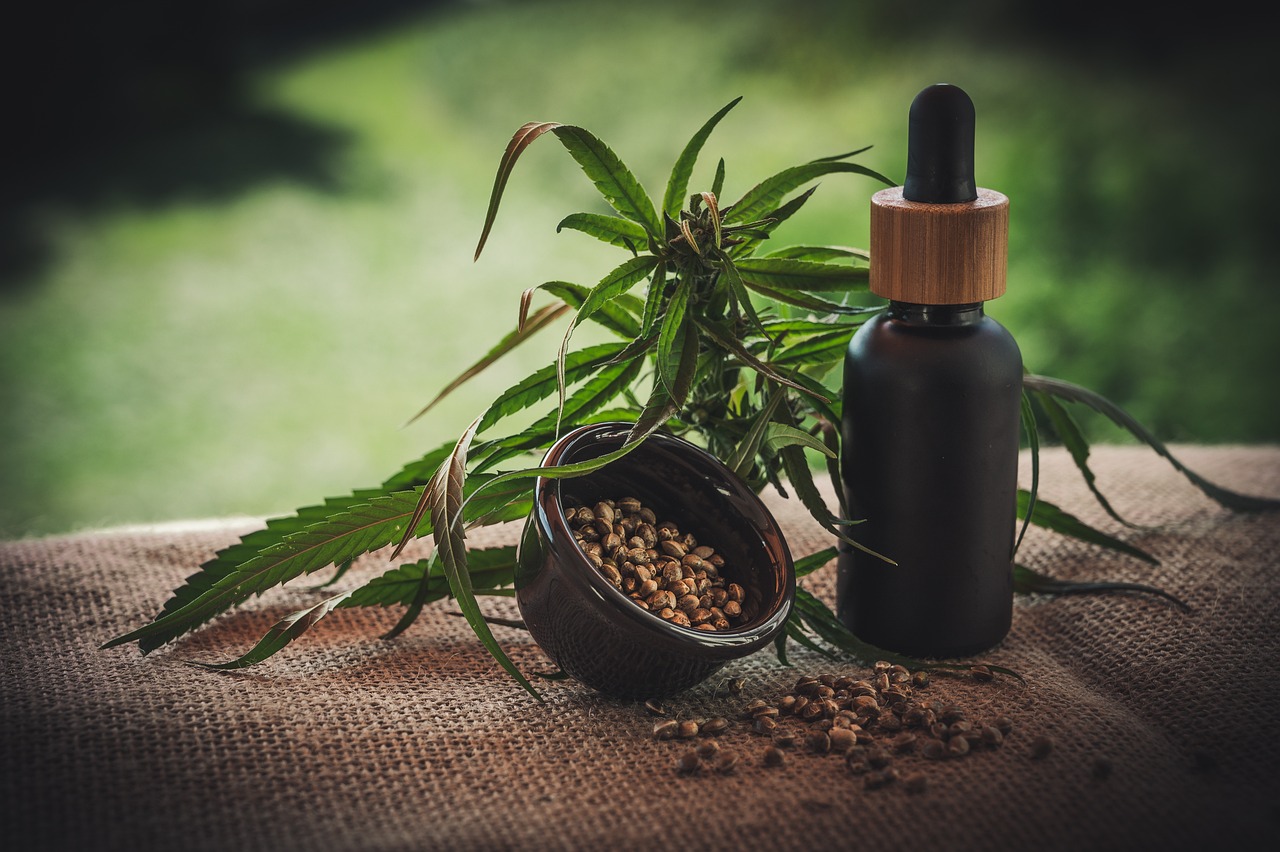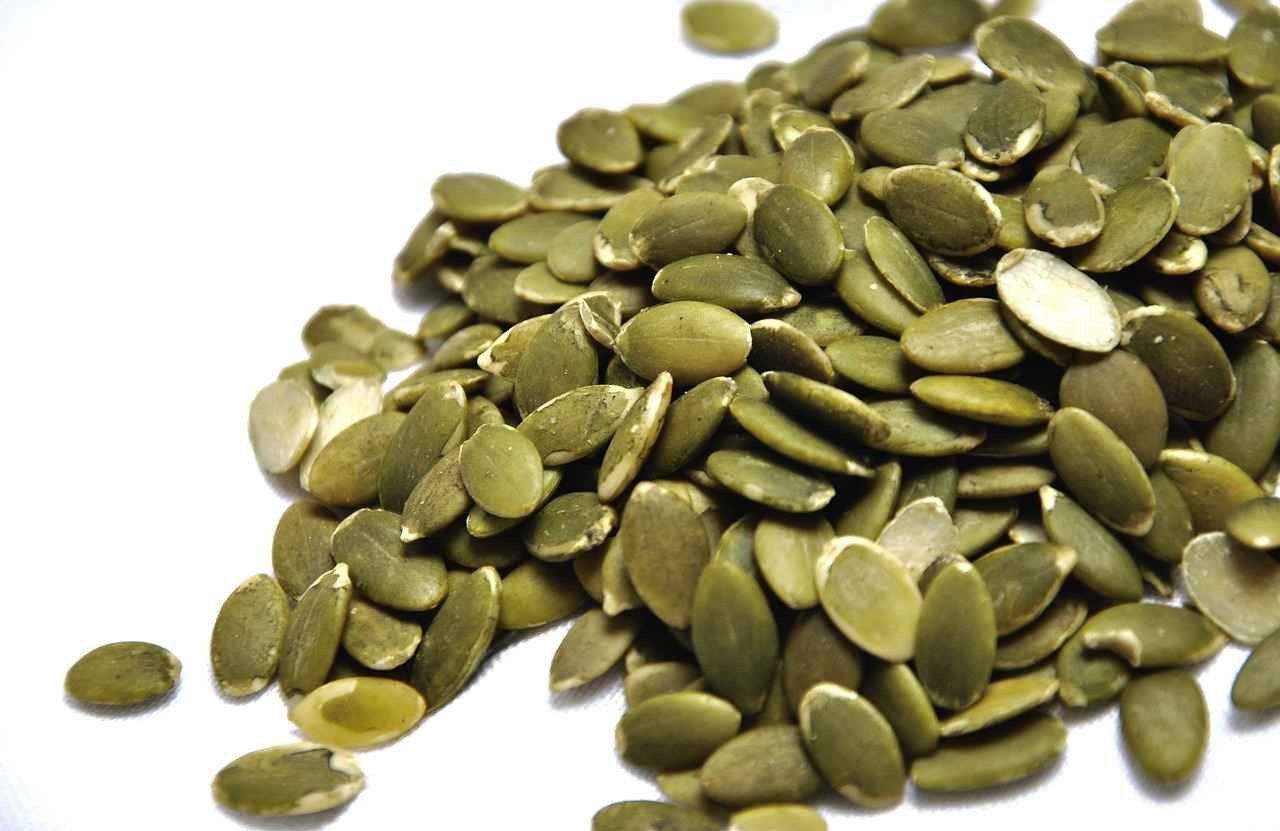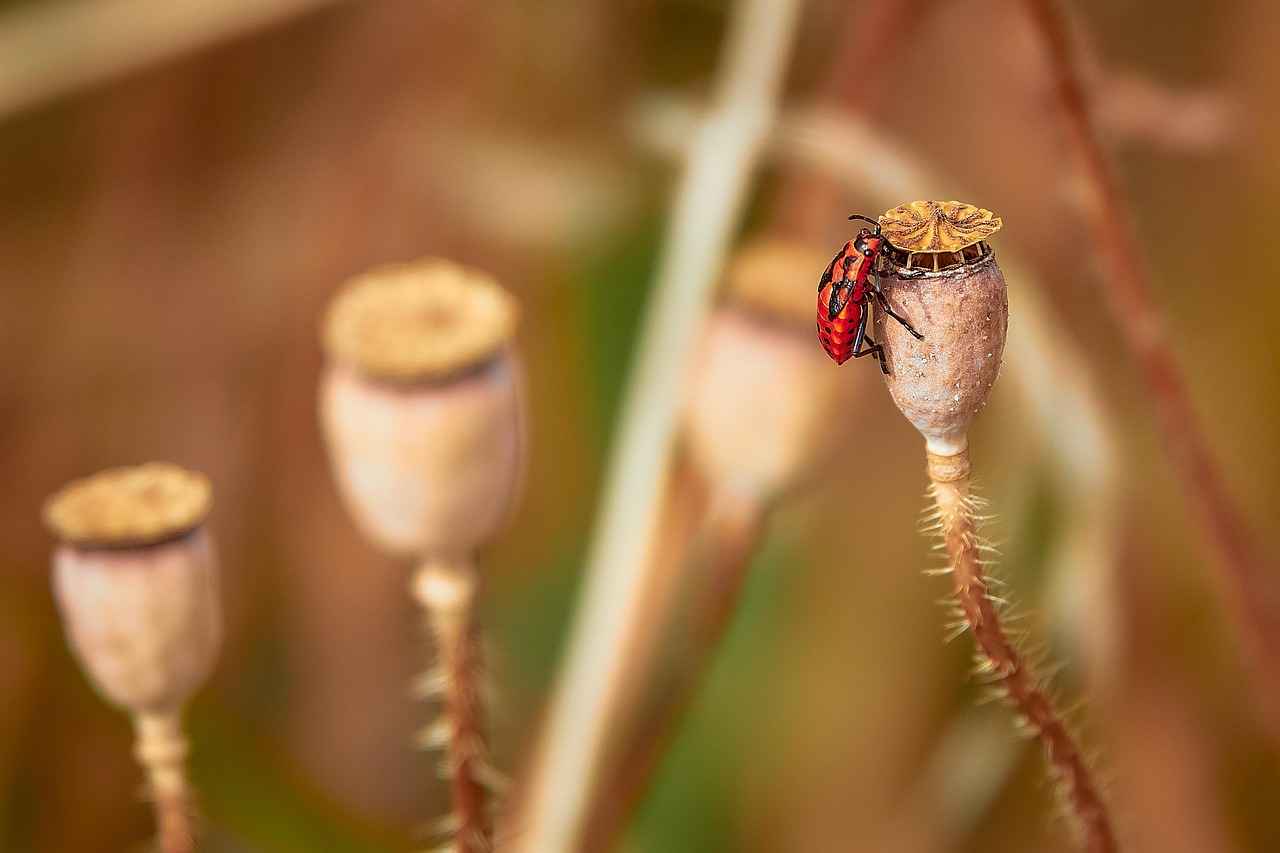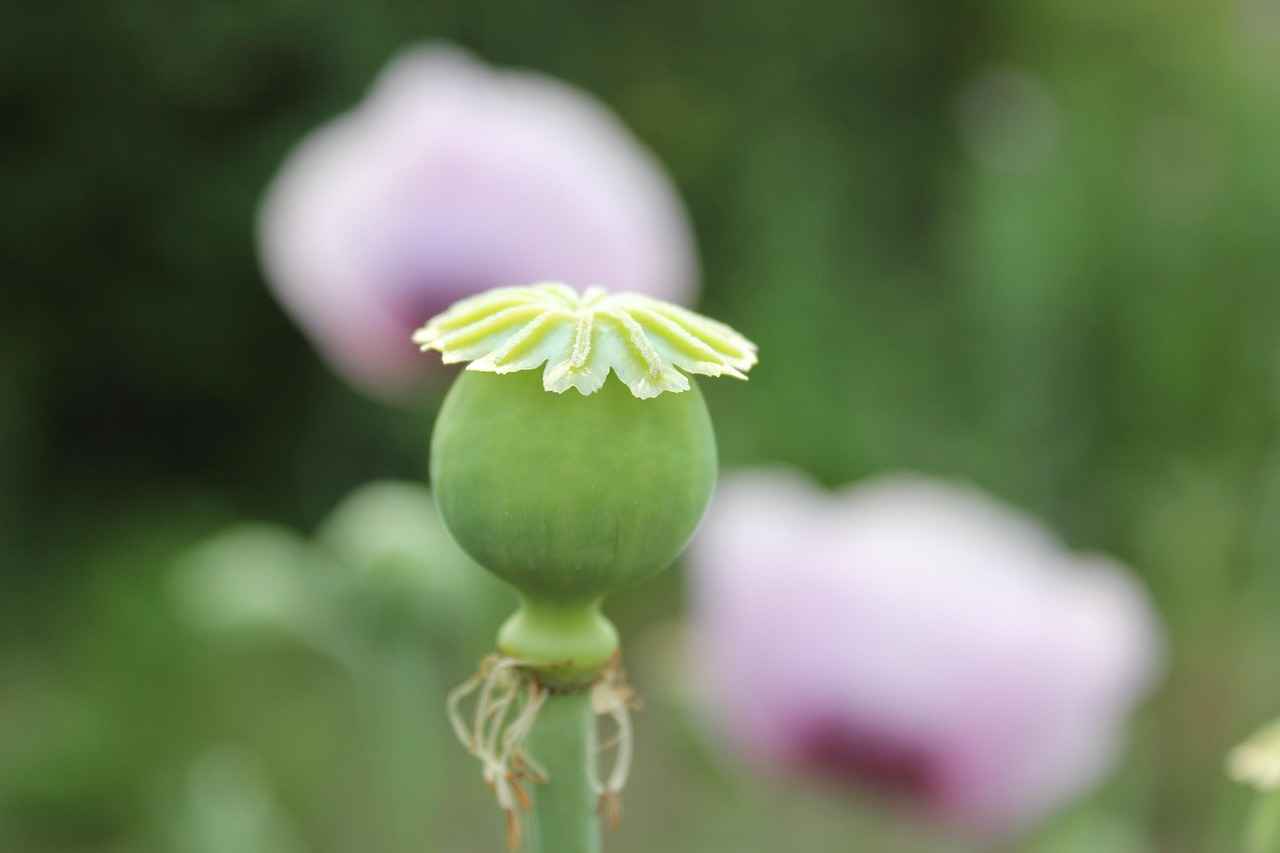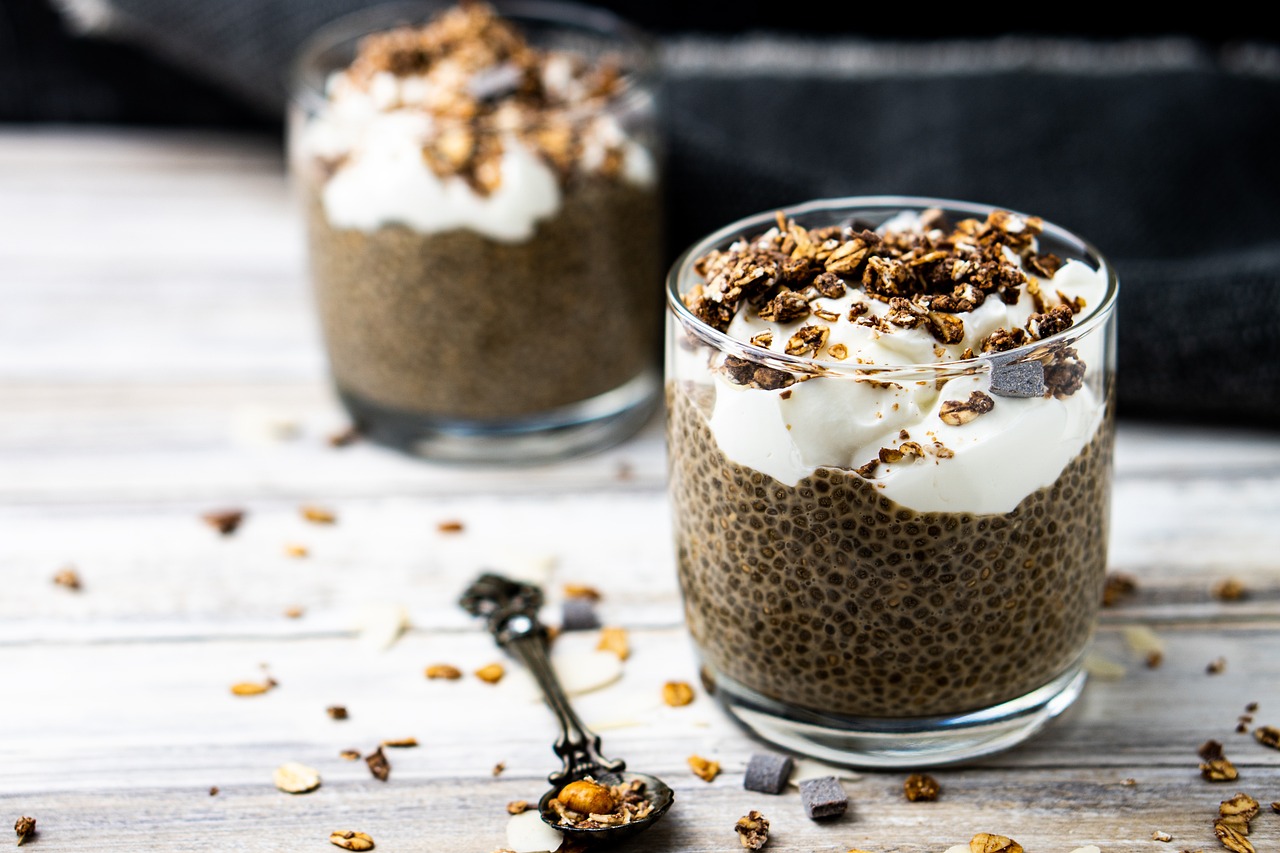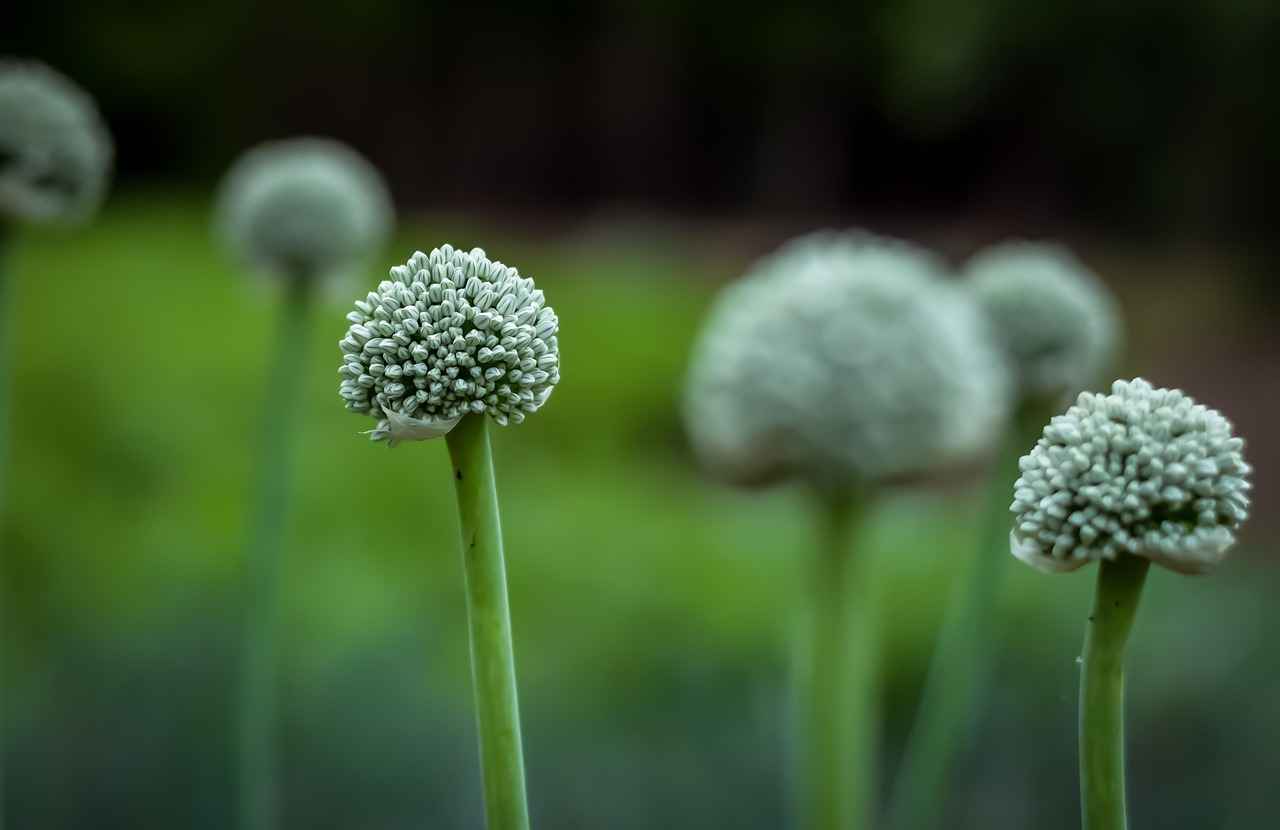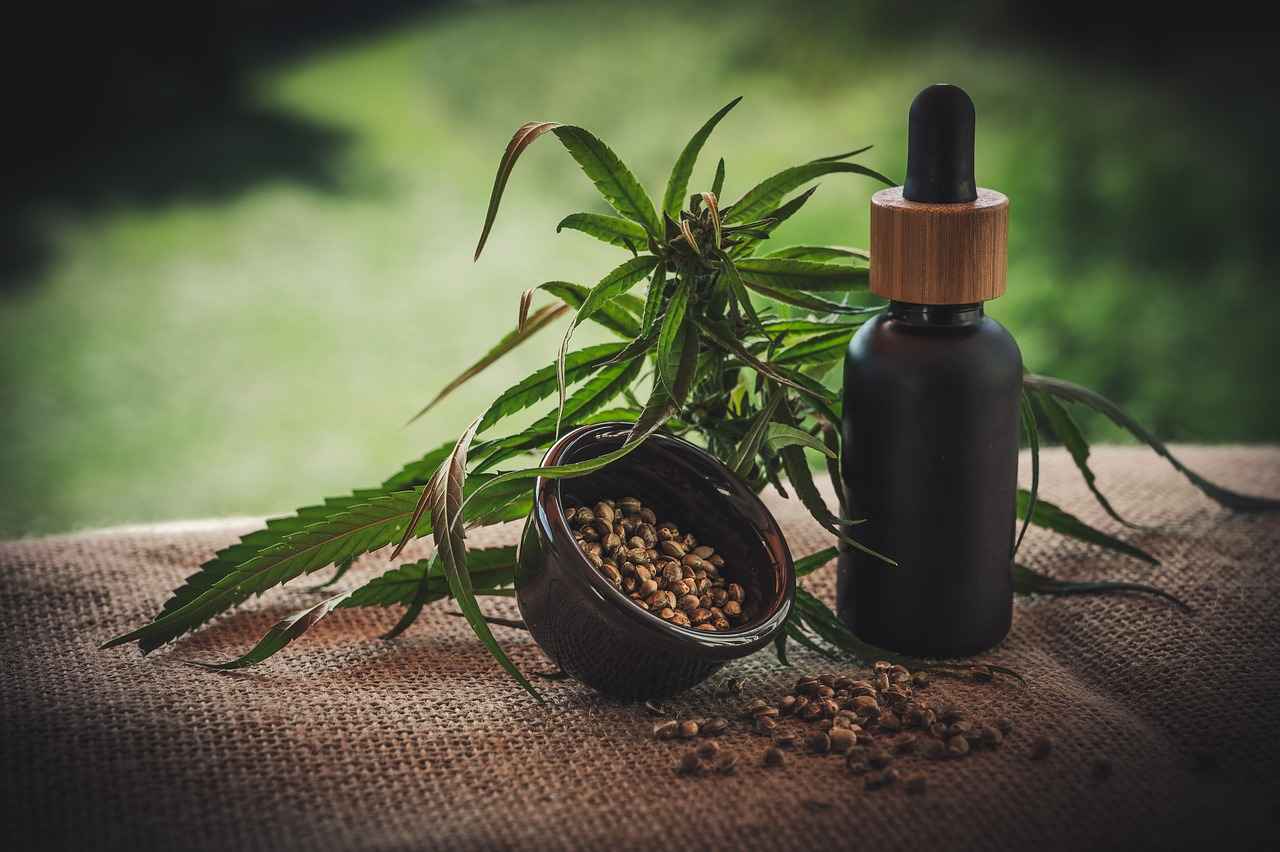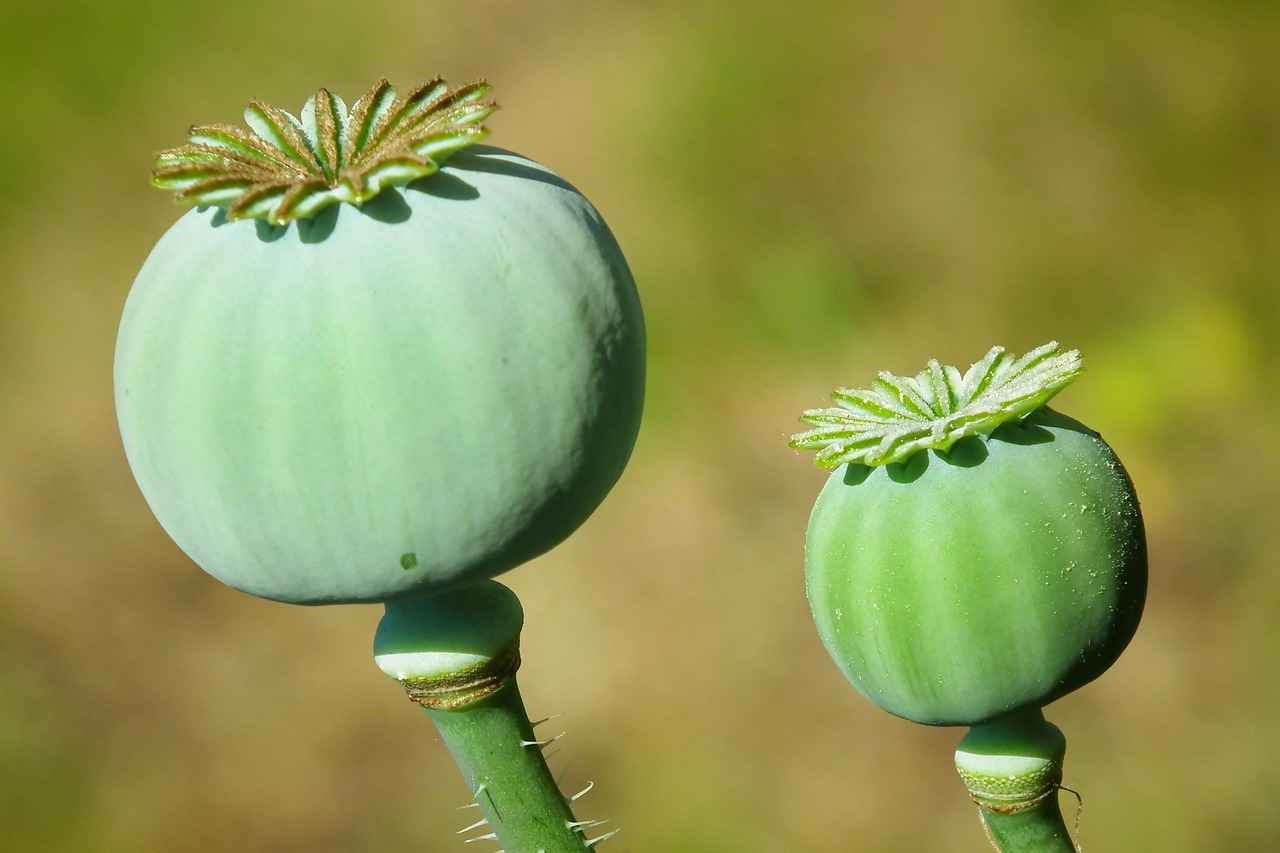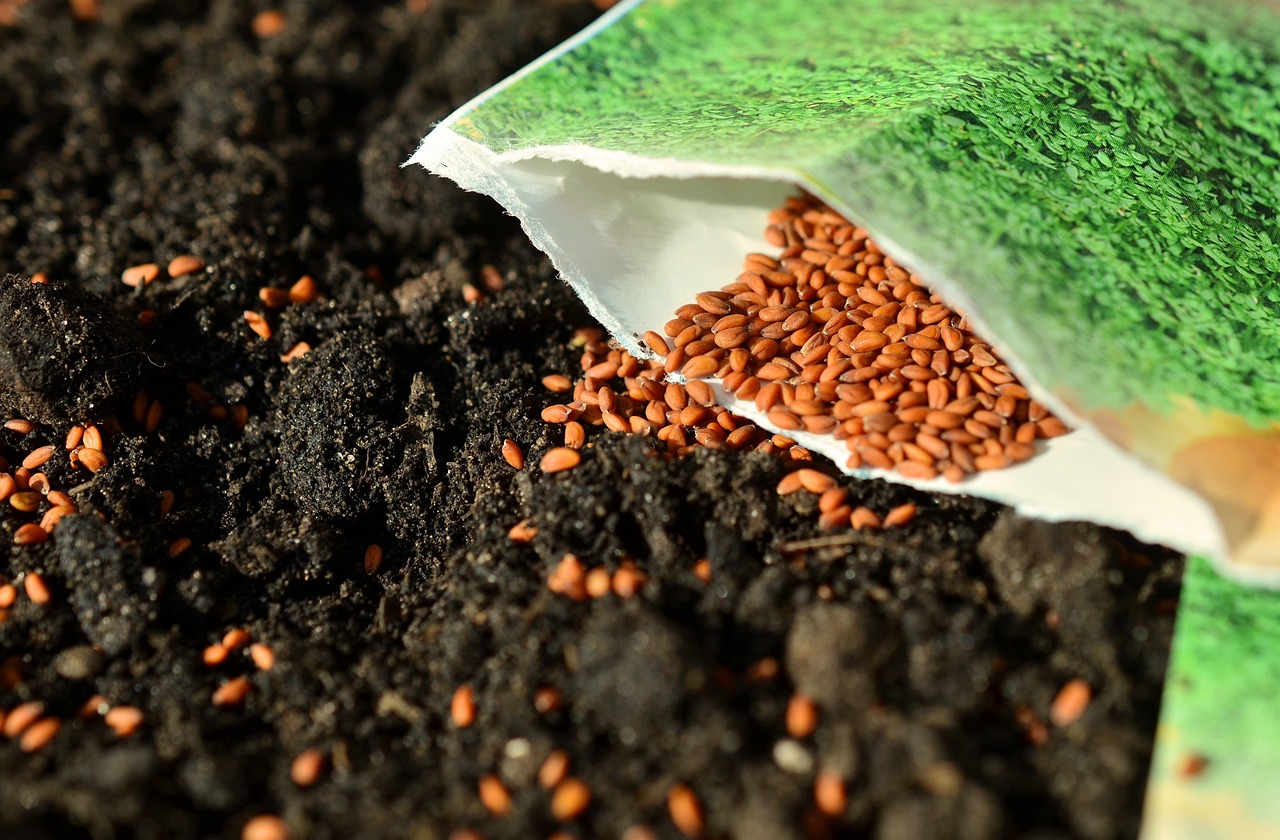This article delves into the ideal soaking time for chia seeds to enhance their health benefits. By understanding the nutritional advantages, preparation methods, and expert recommendations, you can optimize your consumption of these super seeds.
What Are Chia Seeds?
Chia seeds are small, yet nutrient-dense seeds that originate from the Salvia hispanica plant. They are rich in omega-3 fatty acids, fiber, protein, and various essential minerals. Their unique composition makes them a popular choice for health enthusiasts, particularly when it comes to improving digestion and nutrient absorption.
Why Soak Chia Seeds?
Soaking chia seeds is crucial for enhancing their digestibility and making their nutrients more available. When soaked, chia seeds absorb water and transform into a gel-like substance. This process not only makes them easier to consume but also improves their nutritional profile, allowing for better absorption in the body.
How Do Chia Seeds Absorb Water?
Chia seeds can absorb up to 12 times their weight in water. This remarkable property is essential for understanding the soaking process. The seeds swell and form a gelatinous coating that enhances their texture and increases their nutritional benefits.
Physical Changes During Soaking
As chia seeds soak, they undergo significant physical changes. They develop a gelatinous layer that aids in hydration and nutrient release. This section discusses these changes and how they contribute to the overall benefits of consuming soaked chia seeds.
Nutritional Benefits of Soaked Chia Seeds
Soaked chia seeds offer enhanced nutrient absorption, making vitamins, minerals, and antioxidants more bioavailable. This section explores the specific nutrients that become more accessible after soaking, highlighting their importance for overall health.
Recommended Soaking Times
The ideal soaking time for chia seeds can vary based on personal preference and intended use. Generally, soaking for at least 30 minutes is recommended, but for best results, soaking overnight is ideal. This section provides detailed guidelines to achieve the perfect texture and flavor.
How to Properly Soak Chia Seeds?
To maximize the benefits of chia seeds, proper soaking techniques are essential. Here’s a step-by-step guide:
- Measure out the desired amount of chia seeds.
- Add 10 parts water for every 1 part chia seeds.
- Stir well to prevent clumping.
- Let them sit for at least 30 minutes or overnight in the refrigerator.
- Stir again before consuming.
Different Methods for Soaking
There are various methods for soaking chia seeds, including:
- Overnight Soaking: This method allows for maximum absorption and is ideal for recipes like puddings.
- Quick Soaking: For those in a hurry, soaking for 30 minutes can still yield beneficial results.
This section compares the effectiveness of each method based on different culinary applications.
Common Mistakes to Avoid
Many individuals make errors when soaking chia seeds. Common mistakes include:
- Not using enough water, leading to clumping.
- Soaking for too short a time, which limits nutrient absorption.
Avoiding these pitfalls ensures the best outcomes from your chia seed preparation.
How to Incorporate Soaked Chia Seeds into Your Diet?
Incorporating soaked chia seeds into your meals enhances nutrition significantly. Here are some practical tips:
- Add them to smoothies for a nutrient boost.
- Mix into salads for added texture and health benefits.
- Use in baked goods to enhance fiber content.
Creative Recipe Ideas
From chia puddings to energy bars, there are numerous ways to enjoy soaked chia seeds. This section provides creative recipes that highlight their versatility and health benefits.
Chia Seeds vs. Other Seeds
Comparing chia seeds with other popular seeds, such as flaxseed and hemp, can help consumers make informed choices. This section discusses the unique benefits of chia seeds in contrast to their counterparts, emphasizing their nutritional advantages.

What Are Chia Seeds?
Chia seeds, derived from the Salvia hispanica plant, are small but mighty superfoods that have gained immense popularity in recent years. These tiny seeds are packed with essential nutrients, making them a staple in health-conscious diets. With their impressive nutritional profile, chia seeds are not only a source of omega-3 fatty acids, but they are also rich in fiber, protein, and various vitamins and minerals.
When examining the composition of chia seeds, it becomes clear why they are often hailed as a nutritional powerhouse. A single ounce (about 28 grams) of chia seeds contains approximately:
| Nutrient | Amount |
|---|---|
| Calories | 137 |
| Protein | 4.4 grams |
| Fat | 8.6 grams |
| Carbohydrates | 12 grams |
| Fiber | 10.6 grams |
| Calcium | 18% of the Daily Value |
| Iron | 12% of the Daily Value |
One of the most notable aspects of chia seeds is their ability to absorb water—up to 12 times their weight. This characteristic not only aids in hydration but also enhances the seeds’ digestibility and nutrient absorption when soaked. Soaking chia seeds transforms them into a gel-like substance, which can be easier on the digestive system and allows for better nutrient release.
Moreover, the soaking process activates the seeds’ natural enzymes, which can further improve nutrient bioavailability. This transformation is particularly important for individuals looking to maximize the health benefits of chia seeds. By understanding the composition and benefits of soaked chia seeds, you can make informed decisions about incorporating them into your diet.
In summary, chia seeds are a nutrient-dense food that offers a multitude of health benefits. Their unique properties, including their high fiber content and ability to absorb water, make them an excellent addition to various meals. Whether you’re adding them to smoothies, salads, or baked goods, soaking chia seeds can enhance their nutritional value and improve digestion. As you explore the world of chia seeds, keep in mind the importance of proper soaking techniques to unlock their full potential.
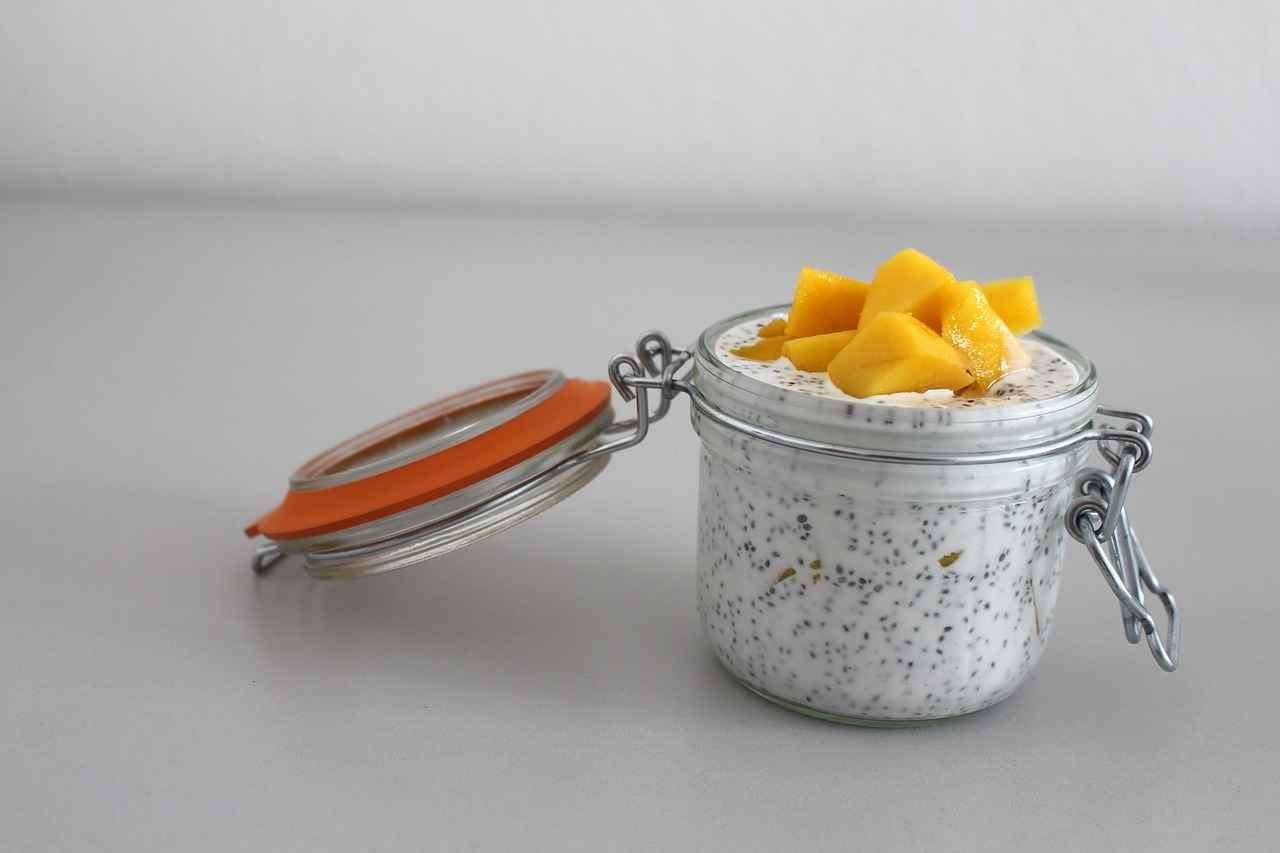
Why Soak Chia Seeds?
Soaking chia seeds is a practice that has gained popularity among health enthusiasts. The process not only enhances the seeds’ digestibility but also increases their nutrient availability. This article will delve into the science behind why soaking chia seeds is beneficial, how it transforms them, and the advantages it offers for your health.
Chia seeds, known for their nutrient density, contain essential fatty acids, protein, and fiber. However, when consumed dry, they can be challenging for the body to digest. Soaking these seeds allows them to absorb water, leading to a transformation that makes them more beneficial for consumption.
When chia seeds are soaked, they can absorb up to 12 times their weight in water. This remarkable property is due to the soluble fiber present in the seeds, which forms a gel-like substance when hydrated. This gel not only makes the seeds easier to consume but also enhances their nutritional profile.
| Benefit | Description |
|---|---|
| Improved Digestion | Soaking helps break down the outer shell of chia seeds, making them easier for the body to digest. |
| Increased Nutrient Absorption | The gel-like consistency allows for better absorption of nutrients, including omega-3 fatty acids and antioxidants. |
| Hydration | Soaked chia seeds contribute to hydration, as they retain moisture and release it slowly in the body. |
Furthermore, the soaking process helps to release nutrients such as vitamins, minerals, and antioxidants. These nutrients become more bioavailable, meaning they are easier for the body to absorb and utilize. For instance, the omega-3 fatty acids in chia seeds are crucial for heart health, and soaking them enhances their availability for absorption.
In addition to the nutritional benefits, the physical changes that occur during soaking are noteworthy. As chia seeds soak, they develop a gelatinous coating that not only improves their texture but also aids in hydration. This transformation makes them a versatile ingredient in various dishes, from smoothies to puddings.
Soaking chia seeds can also help reduce the presence of anti-nutrients, such as phytic acid, which can inhibit the absorption of certain minerals. By soaking, you can mitigate these effects, allowing for a more nutrient-dense food source.
To maximize the benefits of chia seeds, it is recommended to soak them for at least 30 minutes before consumption, although soaking overnight is ideal for those who prefer a softer texture. The soaking time can vary based on personal preference and the intended use of the seeds.
In conclusion, soaking chia seeds is a simple yet effective way to enhance their digestibility and nutrient availability. By understanding the science behind this process, you can make informed choices about incorporating chia seeds into your diet. Whether you’re adding them to a smoothie, salad, or baked goods, soaked chia seeds offer a plethora of health benefits that can contribute to your overall well-being.
How Do Chia Seeds Absorb Water?
Chia seeds, known for their nutritional benefits, possess a remarkable ability to absorb water. Understanding this process is essential for anyone looking to incorporate these tiny seeds into their diet effectively. In this section, we will explore how chia seeds absorb water, the science behind this phenomenon, and its implications for health and cooking.
Chia seeds can absorb up to 12 times their weight in water. This unique property is attributed to their high soluble fiber content, which forms a gel when mixed with liquid. This gel-like consistency not only enhances the seeds’ texture but also plays a crucial role in their nutritional profile. By absorbing water, chia seeds can help to improve hydration and create a feeling of fullness, making them a popular choice for those looking to manage their weight.
When chia seeds are soaked in water, they undergo a fascinating transformation. The outer layer of the seed swells and forms a gelatinous coating, which can take anywhere from 30 minutes to several hours to fully develop, depending on the soaking method. This process not only increases the seeds’ volume but also makes the nutrients more accessible for digestion. The gel formed around the seeds helps to slow down digestion, which can be beneficial for maintaining stable blood sugar levels.
The ability of chia seeds to absorb water is significant for several reasons:
- Enhanced Nutrient Availability: Soaked chia seeds release their nutrients more effectively, allowing for better absorption of essential vitamins and minerals.
- Improved Digestibility: The gel-like consistency aids in digestion, making it easier for the body to utilize the nutrients.
- Hydration: Consuming chia seeds soaked in water can contribute to overall hydration, which is vital for bodily functions.
To maximize the benefits of chia seeds, it is essential to soak them properly. Here are some recommended methods:
- Overnight Soaking: Combine 1 part chia seeds with 4 parts water. Let them sit overnight in the refrigerator. This method allows for maximum absorption and a thicker gel.
- Quick Soaking: For a faster option, mix chia seeds with water and let them sit for about 30 minutes. Stir occasionally to ensure even absorption.
While soaking chia seeds is straightforward, there are some common pitfalls to avoid:
- Insufficient Water: Not using enough water can lead to a less effective soaking process. Always use the recommended water-to-seed ratio.
- Skipping the Soaking Step: Eating dry chia seeds can lead to digestive discomfort, as they absorb water from the body rather than from the liquid they are mixed with.
In conclusion, understanding how chia seeds absorb water is key to unlocking their full potential. By soaking them properly, you can enhance their nutritional benefits, improve digestibility, and enjoy a versatile ingredient in various culinary applications. Whether you’re adding them to smoothies, puddings, or baked goods, soaked chia seeds can be a valuable addition to your diet.
Physical Changes During Soaking
As chia seeds undergo the soaking process, they experience significant physical transformations that enhance their usability and nutritional value. When placed in liquid, these tiny seeds can absorb up to 12 times their weight in water, resulting in a remarkable change in texture. This section delves into the gelatinous coating that forms around chia seeds during soaking and how this transformation contributes to improved hydration and nutrient release.
Initially, chia seeds appear as small, hard grains. However, once they are immersed in water, they begin to swell and develop a thick, gel-like outer layer. This gelatinous coating is primarily composed of soluble fiber, which plays a crucial role in enhancing the seeds’ health benefits. The fiber creates a barrier that slows down the digestion process, allowing for a gradual release of nutrients into the bloodstream. This slow digestion aids in maintaining stable energy levels and can help manage hunger, making chia seeds an excellent addition to meals.
The transformation of chia seeds into a gel-like consistency also improves their hydration properties. As the seeds absorb water, they not only swell but also retain moisture, which can be beneficial for those looking to stay hydrated. This characteristic makes them particularly appealing in smoothies, puddings, and other recipes where moisture retention is desired. The gel can also help thicken mixtures, providing a satisfying texture without the need for additional thickeners.
Furthermore, the soaking process enhances the bioavailability of nutrients found in chia seeds. Nutrients such as omega-3 fatty acids, antioxidants, and essential minerals become more accessible to the body after soaking. This increased availability is attributed to the breakdown of the seeds’ hard outer shell, allowing for easier absorption during digestion. Consequently, incorporating soaked chia seeds into your diet can lead to improved overall health and well-being.
In summary, the physical changes that chia seeds undergo during soaking are not merely cosmetic; they play a vital role in enhancing the seeds’ nutritional benefits. The formation of a gelatinous coating significantly improves hydration, slows digestion for better nutrient absorption, and provides a versatile ingredient for various culinary applications. By understanding these transformations, consumers can make informed choices on how to incorporate chia seeds into their diets effectively.
Nutritional Benefits of Soaked Chia Seeds
Chia seeds, once soaked, transform into a nutrient powerhouse, offering a variety of health benefits that are significantly enhanced compared to their dry counterparts. This article explores the nutritional advantages of soaked chia seeds, focusing on how soaking increases their bioavailability and overall health benefits.
What Nutrients Become More Accessible?
- Omega-3 Fatty Acids: Soaked chia seeds are rich in alpha-linolenic acid (ALA), a type of omega-3 fatty acid that supports heart health and reduces inflammation. Soaking helps release these beneficial fats, making them easier for the body to absorb.
- Fiber: Chia seeds are an excellent source of soluble fiber, which aids digestion and promotes satiety. When soaked, the fiber forms a gel-like consistency that can help regulate blood sugar levels and support gut health.
- Protein: These tiny seeds provide a complete protein source, containing all nine essential amino acids. Soaking enhances protein digestibility, allowing for better absorption of these vital nutrients.
- Vitamins and Minerals: Soaked chia seeds are loaded with essential vitamins and minerals, including calcium, magnesium, phosphorus, and B vitamins. The soaking process helps break down antinutrients, such as phytic acid, which can inhibit mineral absorption.
- Antioxidants: Chia seeds are packed with antioxidants, which help combat oxidative stress in the body. Soaking can increase the availability of these compounds, enhancing their protective benefits against chronic diseases.
How Does Soaking Improve Nutrient Absorption?
When chia seeds are soaked in water, they absorb liquid and swell, forming a gelatinous texture. This gel formation not only makes the seeds easier to consume but also facilitates the release of nutrients. The water-soluble nutrients become more bioavailable, allowing for better absorption in the digestive tract. As a result, the body can utilize these nutrients more effectively than when consuming dry seeds.
Are There Any Downsides to Soaking?
While soaking chia seeds offers numerous benefits, there are a few considerations to keep in mind. If left to soak for too long, chia seeds can become overly gelatinous, which may not be appealing to some individuals. Additionally, it’s essential to ensure that the seeds are rinsed properly if they have been soaked for extended periods to avoid any potential bacterial growth.
How to Maximize Nutritional Benefits?
To fully enjoy the nutritional benefits of soaked chia seeds, consider incorporating them into various meals. Here are some practical tips:
- In Smoothies: Add soaked chia seeds to your morning smoothie for a nutrient boost and a satisfying texture.
- In Puddings: Combine soaked chia seeds with almond milk and your favorite sweetener for a delicious and nutritious pudding.
- In Baking: Use soaked chia seeds as an egg replacement in vegan baking or sprinkle them on top of baked goods for added crunch.
In conclusion, soaking chia seeds not only enhances their texture but also significantly boosts their nutritional profile. By improving the bioavailability of essential nutrients, soaked chia seeds can play a vital role in a balanced diet, promoting overall health and wellness.
Recommended Soaking Times
When it comes to soaking chia seeds, the ideal duration can differ significantly based on individual preferences and specific culinary applications. Understanding the recommended soaking times not only enhances the seeds’ texture but also maximizes their health benefits.
Soaking chia seeds allows them to absorb water, expanding their size and transforming them into a gel-like consistency. This process not only improves their digestibility but also enhances the bioavailability of nutrients. The duration of soaking can affect these qualities, making it essential to choose the right time based on your needs.
- Short Soaking (15-30 minutes): If you’re in a hurry, a quick soak can work. This method allows the seeds to absorb some water, but they may not reach their full potential in terms of texture and nutrient absorption.
- Medium Soaking (1-2 hours): This is a great option for those looking for a balance. Soaking chia seeds for 1-2 hours results in a pleasantly thick gel, making them suitable for adding to smoothies or yogurt.
- Overnight Soaking (6-12 hours): For optimal results, soaking chia seeds overnight is recommended. This method allows the seeds to fully expand, creating a rich, gel-like texture that is perfect for puddings or as a thickener in recipes.
Several factors can influence how long you should soak chia seeds:
- Personal Preference: Some individuals may prefer a thicker consistency, while others might enjoy a lighter texture.
- Recipe Requirements: Depending on the dish, different soaking times may be necessary. For instance, chia seed pudding typically requires longer soaking than a smoothie.
- Seed Freshness: Fresher seeds may absorb water more efficiently, potentially reducing the needed soaking time.
To soak chia seeds, simply combine them with water in a ratio of 1:6 (1 part seeds to 6 parts water). Stir well to prevent clumping, then allow them to sit for the desired soaking time. Remember to stir again after a few minutes to ensure even absorption.
Many people make common errors when soaking chia seeds, which can lead to less-than-ideal results. Here are a few tips to avoid these pitfalls:
- Not Using Enough Water: Insufficient water can lead to a gritty texture rather than the desired gel.
- Forgetting to Stir: Failing to stir the seeds during the soaking process can result in clumping.
- Soaking for Too Long: While overnight soaking is generally beneficial, exceeding this time can lead to overly gelatinous seeds that may not be enjoyable to eat.
By following these guidelines and adjusting soaking times according to personal preference and recipe needs, you can enjoy the full range of benefits that chia seeds have to offer.
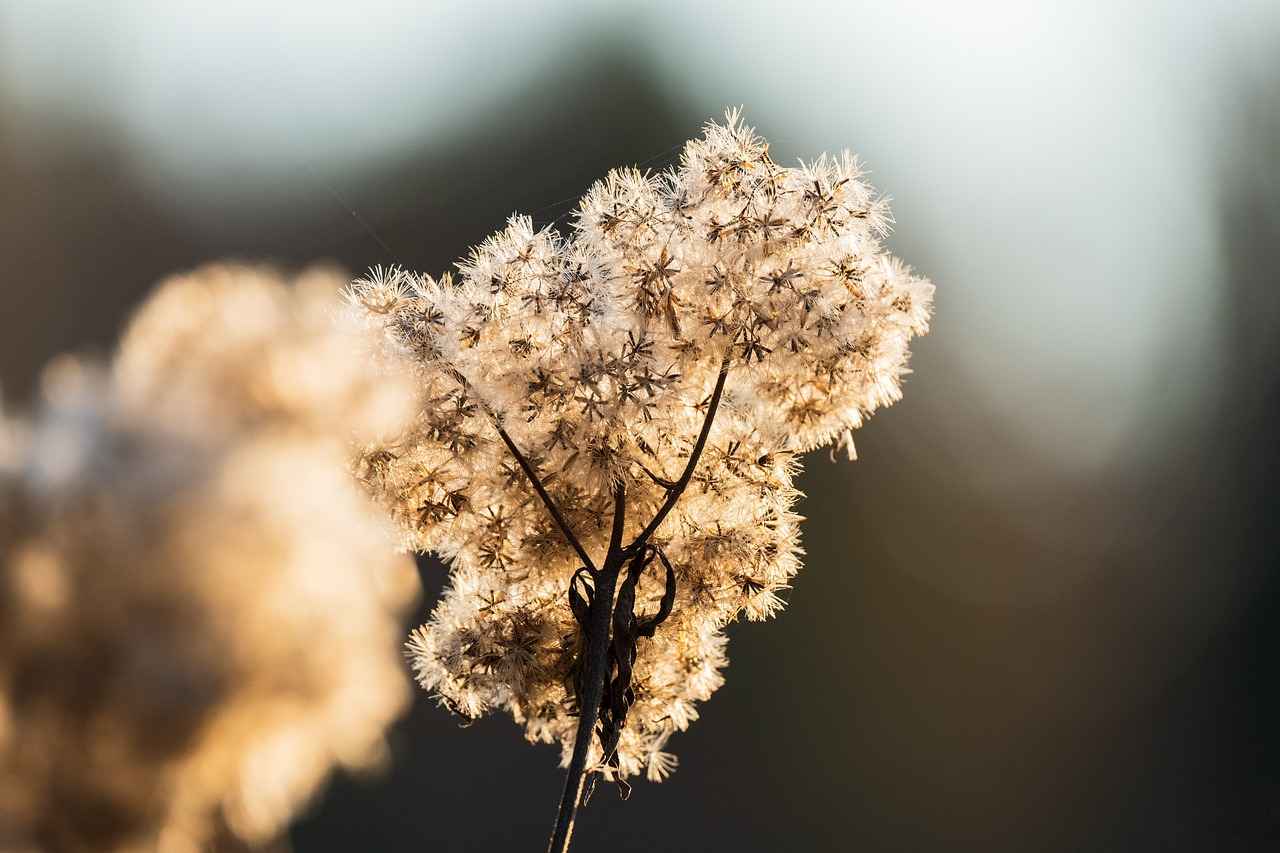
How to Properly Soak Chia Seeds?
When it comes to incorporating chia seeds into your diet, knowing how to properly soak them is essential for maximizing their health benefits. Soaking chia seeds not only enhances their digestibility but also boosts their nutrient absorption. This section provides a comprehensive guide on effective soaking techniques, ensuring you get the most out of these tiny nutritional powerhouses.
To achieve the best results, you can follow these simple steps for soaking chia seeds:
- Choose Your Ratio: A common soaking ratio is 1 part chia seeds to 10 parts water. This means for every tablespoon of chia seeds, use about 10 tablespoons of water.
- Mix Thoroughly: In a bowl or jar, combine the chia seeds and water. Stir well to prevent clumping and ensure even absorption.
- Let It Rest: Allow the mixture to sit for at least 30 minutes to 2 hours. For best results, consider soaking them overnight in the refrigerator.
- Check the Consistency: After soaking, the chia seeds should have formed a gel-like consistency. If they appear too thick, you can add a bit more water and stir.
Soaking chia seeds transforms them into a gel-like substance, which enhances their digestibility. This transformation allows your body to absorb nutrients more effectively, making them a fantastic addition to your meals. Furthermore, the gel helps to keep you feeling full, aiding in weight management.
There are several methods for soaking chia seeds, each with its advantages:
- Overnight Soaking: This method is ideal for meal prep. Simply mix chia seeds with water before bed, and they will be ready to use in the morning.
- Quick Soaking: If you’re short on time, you can soak chia seeds in warm water for about 15-30 minutes. This method is faster but may not yield the same gel-like consistency.
While soaking chia seeds is straightforward, there are common pitfalls to watch out for:
- Using Too Little Water: Insufficient water will result in clumpy seeds that are difficult to consume.
- Not Stirring Enough: Failing to mix the seeds thoroughly can lead to clumping, which affects the texture.
- Soaking for Too Long: While soaking overnight is beneficial, leaving them for too long can make them overly gelatinous.
Once you’ve soaked your chia seeds, the possibilities are endless! Here are some ideas:
- Add soaked chia seeds to smoothies for a nutrient boost.
- Mix them into yogurt or oatmeal for added texture and fiber.
- Use them in baked goods to enhance moisture and nutrition.
By following these soaking techniques and tips, you can fully enjoy the numerous health benefits that chia seeds offer. Whether you’re adding them to your breakfast, snacks, or main meals, properly soaked chia seeds can elevate your culinary experience.
Different Methods for Soaking
Soaking chia seeds is a popular practice that enhances their nutritional benefits and makes them easier to consume. There are various methods available, each with its own advantages depending on your needs. In this section, we will explore the two primary methods: overnight soaking and quick soaking, comparing their effectiveness for different culinary uses.
Overnight soaking involves immersing chia seeds in water for an extended period, typically around 8 hours or overnight. This method allows the seeds to absorb water fully, resulting in a gel-like consistency that is easy to incorporate into various dishes.
- Benefits: This method maximizes hydration, making the seeds easier to digest and enhancing their nutrient absorption.
- Uses: Overnight-soaked chia seeds are ideal for smoothies, puddings, and breakfast bowls, as their texture blends smoothly with other ingredients.
Quick soaking is a faster method that requires less than an hour of soaking time. To quick soak chia seeds, simply mix them with water and let them sit for about 30 minutes to 1 hour.
- Benefits: This method is convenient for those who need a quick addition to their meals without planning ahead.
- Uses: Quick-soaked chia seeds work well in recipes where a slight crunch is desired, such as salads or as a topping for yogurt.
The effectiveness of each soaking method largely depends on your intended use. Overnight soaking is often preferred for recipes that require a creamy texture, whereas quick soaking is suitable for those who enjoy a bit of texture and crunch.
Research indicates that the longer chia seeds are soaked, the more their nutrients become bioavailable. Thus, for those looking to maximize health benefits, overnight soaking is the superior choice.
Regardless of the method chosen, it is essential to maintain the correct seed-to-water ratio. A common recommendation is to use 1 part chia seeds to 6 parts water. This ensures optimal absorption and prevents clumping.
- Not Using Enough Water: Insufficient water can lead to dry, clumpy seeds that do not absorb properly.
- Soaking for Too Long: While overnight soaking is beneficial, leaving seeds in water for more than 24 hours can lead to fermentation.
- Ignoring Storage: Once soaked, chia seeds should be stored in the refrigerator and consumed within a week for freshness.
In conclusion, both overnight and quick soaking methods have their unique advantages. Understanding the differences can help you choose the best method for your dietary needs and culinary preferences. Whether you opt for the creamy texture of overnight-soaked chia seeds or the quick convenience of a rapid soak, incorporating chia seeds into your diet can significantly enhance your nutritional intake.
Common Mistakes to Avoid
When it comes to soaking chia seeds, many individuals unknowingly make common mistakes that can hinder their health benefits. Understanding these pitfalls is essential for anyone looking to maximize the nutritional value of chia seeds. Below, we outline some of the most frequent errors and provide tips on how to avoid them.
One of the most prevalent mistakes is not using enough water when soaking chia seeds. Chia seeds are capable of absorbing up to 12 times their weight in water. Insufficient water can lead to a dry, clumpy texture that is less palatable and less effective for digestion. Aim for a ratio of 1:10 (one part chia seeds to ten parts water) for optimal results.
Many people underestimate the soaking time required for chia seeds. While some may believe that a quick soak of 30 minutes is sufficient, it is generally recommended to soak them for at least 2 hours or even overnight. This allows the seeds to fully expand and develop their gel-like consistency, enhancing their nutritional benefits.
The temperature of the soaking water can also affect the chia seeds’ absorption. Using cold water can slow down the swelling process, while warm water can expedite it. However, avoid using boiling water, as it may destroy some of the seeds’ nutrients. A good practice is to use room temperature or slightly warm water.
Many individuals simply add chia seeds to water without stirring. This can lead to clumping and uneven soaking. To prevent this, make sure to stir the mixture well immediately after combining the seeds and water. This will help distribute the seeds evenly and promote uniform absorption.
After soaking, it is crucial to store chia seeds correctly. Leaving them at room temperature for extended periods can lead to spoilage. Instead, transfer soaked chia seeds to an airtight container and store them in the refrigerator, where they can last for up to 5 days.
Another mistake is neglecting to add flavorings during the soaking process. Chia seeds have a mild flavor, making them versatile for various dishes. Consider adding fruit juice, vanilla extract, or even a pinch of salt to enhance the taste of your soaked chia seeds.
Lastly, always check the expiration date of your chia seeds. Using old seeds can result in a less effective soaking process and may not provide the health benefits you seek. Fresh chia seeds will absorb water better and will be more nutritious.
By avoiding these common mistakes, you can ensure that your chia seed preparation is both effective and enjoyable. Proper soaking techniques not only enhance the seeds’ texture but also maximize their health benefits, making them a valuable addition to your diet.
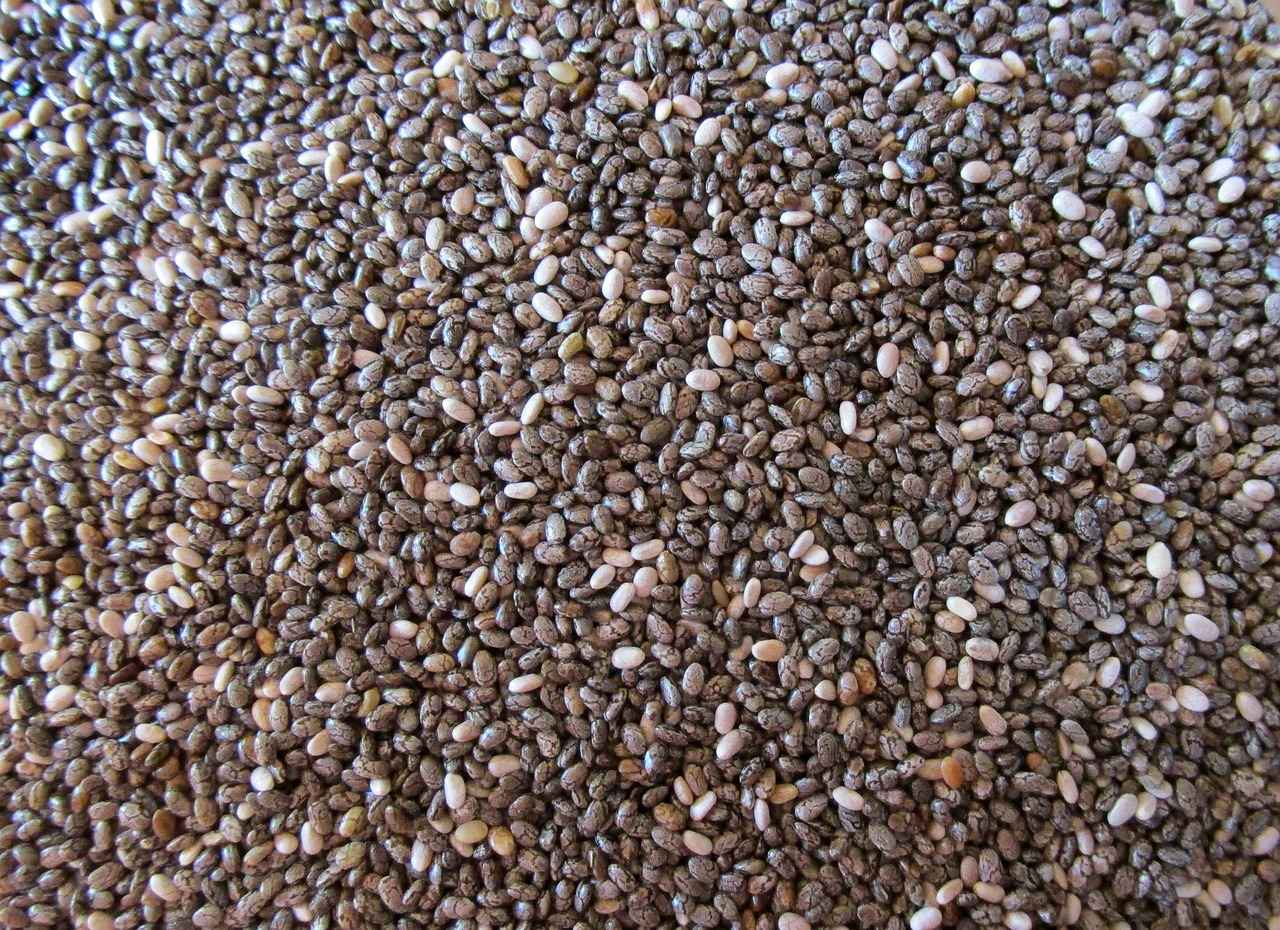
How to Incorporate Soaked Chia Seeds into Your Diet?
Incorporating soaked chia seeds into your diet can significantly enhance your overall nutrition. These tiny seeds are not only versatile but also packed with essential nutrients. This section provides practical tips and creative recipes to seamlessly integrate chia seeds into your meals, including smoothies, salads, and baked goods.
Soaked chia seeds are a powerhouse of omega-3 fatty acids, fiber, and protein. By incorporating them into your diet, you can improve digestion, increase satiety, and boost your nutrient intake. Their ability to absorb water makes them an excellent addition to various recipes, transforming the texture and enhancing the nutritional profile of your meals.
- Start Small: If you’re new to chia seeds, begin by adding a small amount (1 tablespoon) to your meals and gradually increase as you become accustomed to their texture.
- Mix with Liquids: Soaked chia seeds can be mixed into smoothies, juices, or yogurt. Their gel-like consistency blends well and adds a nutritious boost without altering the flavor.
- Use in Baking: Incorporate soaked chia seeds into baked goods like muffins, pancakes, or bread. They can replace eggs in vegan recipes or add moisture and nutrition to traditional recipes.
Here are some delicious and nutritious ways to enjoy soaked chia seeds:
- Chia Seed Pudding: Combine 1/4 cup of soaked chia seeds with 1 cup of almond milk, a drizzle of honey, and your favorite fruits. Let it sit overnight for a delightful breakfast.
- Chia Smoothie: Blend 1 banana, 1 cup of spinach, 1 tablespoon of soaked chia seeds, and 1 cup of coconut water for a refreshing and energizing drink.
- Chia Salad Topper: Sprinkle soaked chia seeds over salads for added crunch and nutrition. They pair well with leafy greens, nuts, and vinaigrettes.
When baking, soaked chia seeds can replace eggs as a binding agent. Use 1 tablespoon of soaked chia seeds for every egg needed in your recipe. This not only makes your baked goods vegan-friendly but also enriches them with additional fiber and omega-3s.
For a quick snack, try making energy bars with soaked chia seeds. Combine oats, nut butter, honey, and soaked chia seeds, then press the mixture into a pan and refrigerate until firm. Cut into bars for a nutritious on-the-go snack.
Incorporating soaked chia seeds into your meals is an easy and effective way to enhance your nutrition. With their versatility and numerous health benefits, these tiny seeds can elevate your diet in delicious ways. Experiment with different recipes and find the best ways to enjoy the incredible benefits of chia seeds!
Creative Recipe Ideas
Chia seeds are not just a health trend; they are a versatile ingredient that can elevate a variety of dishes. Their unique ability to absorb liquid and form a gel-like consistency opens up a world of culinary possibilities. Below are some that showcase the versatility and health benefits of soaked chia seeds.
- Chia Seed Pudding: A popular breakfast option, chia seed pudding is incredibly easy to make. Simply combine 1/4 cup of soaked chia seeds with 1 cup of almond milk, a sweetener of your choice, and your favorite flavorings such as vanilla or cocoa. Let it sit in the refrigerator overnight, and enjoy a creamy, nutritious breakfast the next morning.
- Energy Bars: Create your own energy bars by mixing soaked chia seeds with oats, nuts, honey, and dried fruits. Press the mixture into a pan and refrigerate until firm. Cut into bars for a quick, on-the-go snack that provides lasting energy.
- Smoothies: Add a tablespoon of soaked chia seeds to your smoothie for an extra boost of fiber and omega-3s. The seeds will thicken the smoothie, giving it a satisfying texture. Try blending spinach, banana, and almond milk with chia seeds for a nutritious green smoothie.
- Chia Jam: Make a healthy jam by combining mashed fruit, a sweetener, and soaked chia seeds. The chia seeds will help thicken the mixture, creating a spreadable jam without the need for added pectin or preservatives. This is perfect for topping toast or adding to yogurt.
- Soups and Sauces: Use soaked chia seeds as a thickening agent in soups and sauces. They can add a nutritional punch while enhancing the texture. Simply stir in the seeds towards the end of cooking to thicken your favorite recipes.
- Salad Dressings: Incorporate soaked chia seeds into homemade salad dressings. Blend them with olive oil, vinegar, herbs, and spices to create a nutrient-rich dressing that adds both flavor and texture to your salads.
- Baked Goods: Chia seeds can be added to muffins, bread, and pancakes. They not only provide additional nutrition but also help retain moisture in baked goods, resulting in a deliciously soft texture.
Incorporating soaked chia seeds into your meals not only enhances the nutritional profile but also adds a unique texture to your dishes. With these , you can explore the many ways to enjoy the health benefits of chia seeds while satisfying your culinary cravings.
Chia Seeds vs. Other Seeds
When considering superfoods to enhance your diet, chia seeds often come up as a top contender. However, how do they stack up against other popular seeds like flaxseed and hemp seeds? This comparison will help you make an informed choice based on nutritional benefits, culinary uses, and health impacts.
Chia seeds are tiny, black or white seeds derived from the Salvia hispanica plant. They are rich in omega-3 fatty acids, fiber, and protein, making them an excellent addition to a balanced diet. Their unique ability to absorb water and form a gel-like substance is particularly beneficial for hydration and digestive health.
Flaxseeds are also nutrient-dense, containing high levels of alpha-linolenic acid (ALA), a type of omega-3 fatty acid, as well as lignans, which have antioxidant properties. However, flaxseeds need to be ground for optimal nutrient absorption, whereas chia seeds can be consumed whole or soaked.
- Omega-3 Content: Both seeds are rich in omega-3s, but chia seeds offer a higher concentration.
- Fiber: Chia seeds contain more soluble fiber, which aids in digestion and helps regulate blood sugar levels.
- Usage: Chia seeds can be easily added to smoothies, yogurt, or oatmeal, while flaxseeds are often used in baking or as a topping.
Hemp seeds are another nutritious option, packed with protein and essential fatty acids, including omega-3 and omega-6 in an optimal ratio. Unlike chia and flax, hemp seeds are a complete protein source, making them particularly appealing for vegetarians and vegans.
- Protein Content: Hemp seeds have a higher protein content compared to both chia and flaxseeds.
- Vitamins and Minerals: They are rich in magnesium, zinc, and iron, contributing to overall health.
- Texture and Flavor: Hemp seeds have a nutty flavor and a crunchy texture, which can enhance salads and smoothies.
Chia seeds stand out due to their remarkable ability to absorb water, expanding to up to 12 times their weight. This property not only aids in hydration but also promotes a feeling of fullness, which can be beneficial for weight management. Additionally, chia seeds are gluten-free and can be easily incorporated into various recipes without altering the taste.
Choosing between chia, flax, and hemp seeds depends on your dietary goals and preferences. If you’re looking for a source of fiber and hydration, chia seeds are an excellent choice. For those focused on protein intake or seeking a nutty flavor, hemp seeds may be more suitable. Flaxseeds are ideal for those wanting to incorporate antioxidants into their diet.
Ultimately, each seed has its unique benefits, and incorporating a variety can provide a broader spectrum of nutrients. Whether you prefer the gel-like texture of soaked chia seeds or the crunchy bite of hemp seeds, understanding these differences can help you enhance your meals and overall health.
Frequently Asked Questions
- How long should I soak chia seeds?
For optimal benefits, chia seeds should typically be soaked for about 30 minutes to 2 hours. This allows them to absorb water and develop their gel-like consistency, enhancing their digestibility.
- Can I soak chia seeds overnight?
Absolutely! Soaking chia seeds overnight is a great way to prepare them. It not only saves time but also ensures that they are fully hydrated and ready to use in your morning smoothies or breakfast bowls.
- What happens if I don’t soak chia seeds?
If you skip soaking, you might miss out on some of the nutritional benefits. Unsoaked seeds can absorb water in your stomach, which may lead to discomfort or bloating. Soaking makes them easier to digest and allows for better nutrient absorption.
- Can I use flavored liquids for soaking?
Yes! Soaking chia seeds in flavored liquids like almond milk, coconut water, or fruit juice can add an extra layer of taste to your dishes. Just keep the ratio of liquid to seeds consistent for the best results.
- How can I incorporate soaked chia seeds into my diet?
Soaked chia seeds are incredibly versatile! You can sprinkle them on salads, blend them into smoothies, or use them in baked goods like muffins and energy bars. The possibilities are endless!
